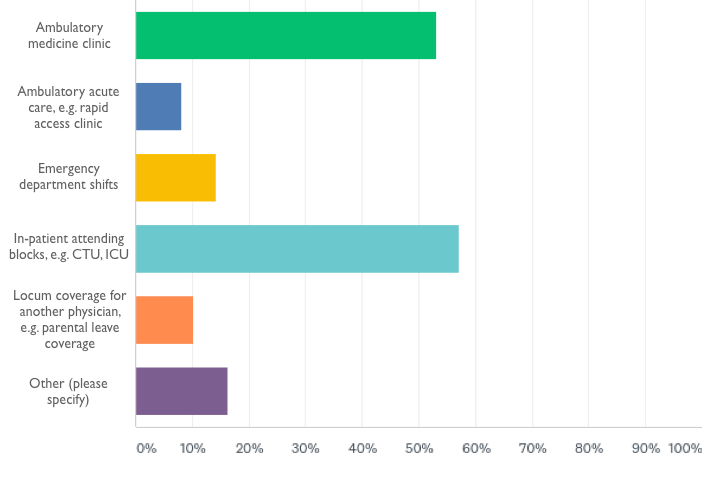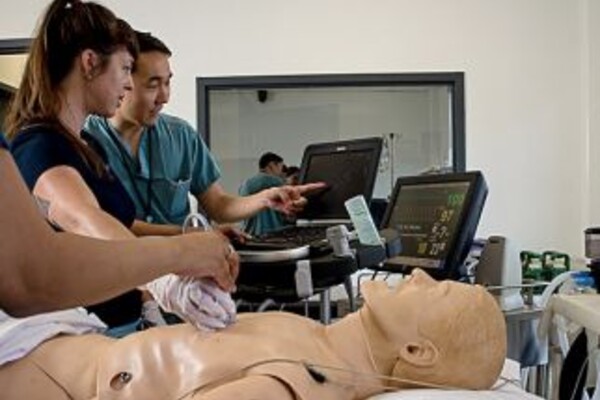Jan 16, 2019
Chair's Column: The Six W’s of the Clinical Associate Role
About Us, Cardiology, Clinical Immunology & Allergy, Clinical Pharmacology & Toxicology, Division of Dermatology, Education, Emergency Medicine, Endocrinology & Metabolism, Faculty, Gastroenterology & Hepatology, General Internal Medicine, Geriatric Medicine, Hematology, Infectious Diseases, Medical Oncology, Nephrology, Neurology, Occupational Medicine, Palliative Medicine, Physical Medicine & Rehabilitation, Quality & Innovation, Research, Respirology, Rheumatology


 In this month’s Chair’s Column, I want to talk about Clinical Associates. At the PGY2 retreat at Niagara on the Lake this fall, I was surprised at the number of questions asked by our trainees about the CA role. It was clear that there was a lack of clarity about this role, and many of our trainees take on CA positions after completion of their clinical training.
In this month’s Chair’s Column, I want to talk about Clinical Associates. At the PGY2 retreat at Niagara on the Lake this fall, I was surprised at the number of questions asked by our trainees about the CA role. It was clear that there was a lack of clarity about this role, and many of our trainees take on CA positions after completion of their clinical training.




